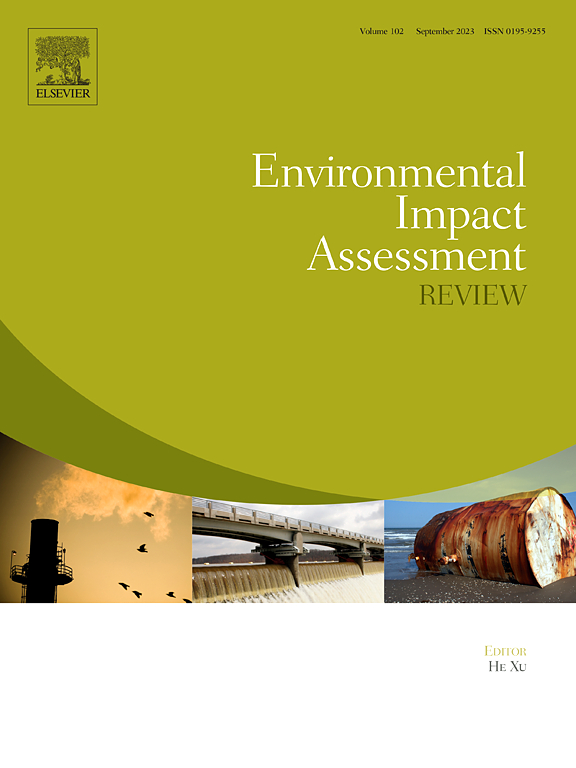Transmission risks of airborne respiratory infectious disease and their influencing factors in and around urban outdoor recreational spaces
IF 9.8
1区 社会学
Q1 ENVIRONMENTAL STUDIES
引用次数: 0
Abstract
Outdoor recreational spaces (ORSs) are essential for promoting urban residents' wellbeing and developing resilient and healthy communities. However, a nuanced understanding of the risks and risk factors associated with airborne respiratory infectious diseases in the environments surrounding various types of ORSs is lacking. This leaves an uncharted question regarding how to plan and manage ORSs and their surrounding communities to lower their infectious risks while maintaining urban residents' well-being during the disease outbreaks. Utilizing multisource data and employing the spatial error model (SEM) and geographic random forest (GRF) model, we propose a novel framework, taking COVID-19 pandemic as an example, to assess the infectious risks and identify risk factors in the environments surrounding ORSs in Hong Kong. Our findings show that communities surrounding parks, sports grounds, and plazas exhibited relatively low risks, while those surrounding playgrounds, children's playgrounds, and rest gardens experienced high risks. In addition, built environments contain more important risk factors influencing infectious risks than the social environments. Meanwhile, infectious risks may be influenced by multiple environmental factors that exhibited spatial variations. The findings provide pointers for spatial planning and the managing of OSRs in response to future respiratory infectious disease outbreaks.
城市室外游憩空间及其周边空气传播的呼吸道传染病传播风险及其影响因素
户外休闲空间(ors)对于促进城市居民的福祉和发展有复原力和健康的社区至关重要。然而,对各种类型的口服呼吸道感染环境中与空气传播呼吸道传染病相关的风险和风险因素缺乏细致入微的了解。这就留下了一个未知的问题,即如何规划和管理ORSs及其周围社区,以降低其感染风险,同时在疾病爆发期间保持城市居民的福祉。本文利用多源数据,采用空间误差模型(SEM)和地理随机森林(GRF)模型,以新冠肺炎疫情为例,提出了一个新的框架来评估香港ORSs周边环境的感染风险并识别风险因素。我们的研究结果表明,公园、运动场和广场周围的社区风险相对较低,而游乐场、儿童游乐场和休息花园周围的社区风险较高。此外,建筑环境比社会环境包含更重要的影响传染风险的危险因素。同时,感染风险可能受到多种环境因素的影响,并表现出空间变异性。研究结果为未来呼吸道传染病暴发的空间规划和osr管理提供了指导。
本文章由计算机程序翻译,如有差异,请以英文原文为准。
求助全文
约1分钟内获得全文
求助全文
来源期刊

Environmental Impact Assessment Review
ENVIRONMENTAL STUDIES-
CiteScore
12.60
自引率
10.10%
发文量
200
审稿时长
33 days
期刊介绍:
Environmental Impact Assessment Review is an interdisciplinary journal that serves a global audience of practitioners, policymakers, and academics involved in assessing the environmental impact of policies, projects, processes, and products. The journal focuses on innovative theory and practice in environmental impact assessment (EIA). Papers are expected to present innovative ideas, be topical, and coherent. The journal emphasizes concepts, methods, techniques, approaches, and systems related to EIA theory and practice.
 求助内容:
求助内容: 应助结果提醒方式:
应助结果提醒方式:


